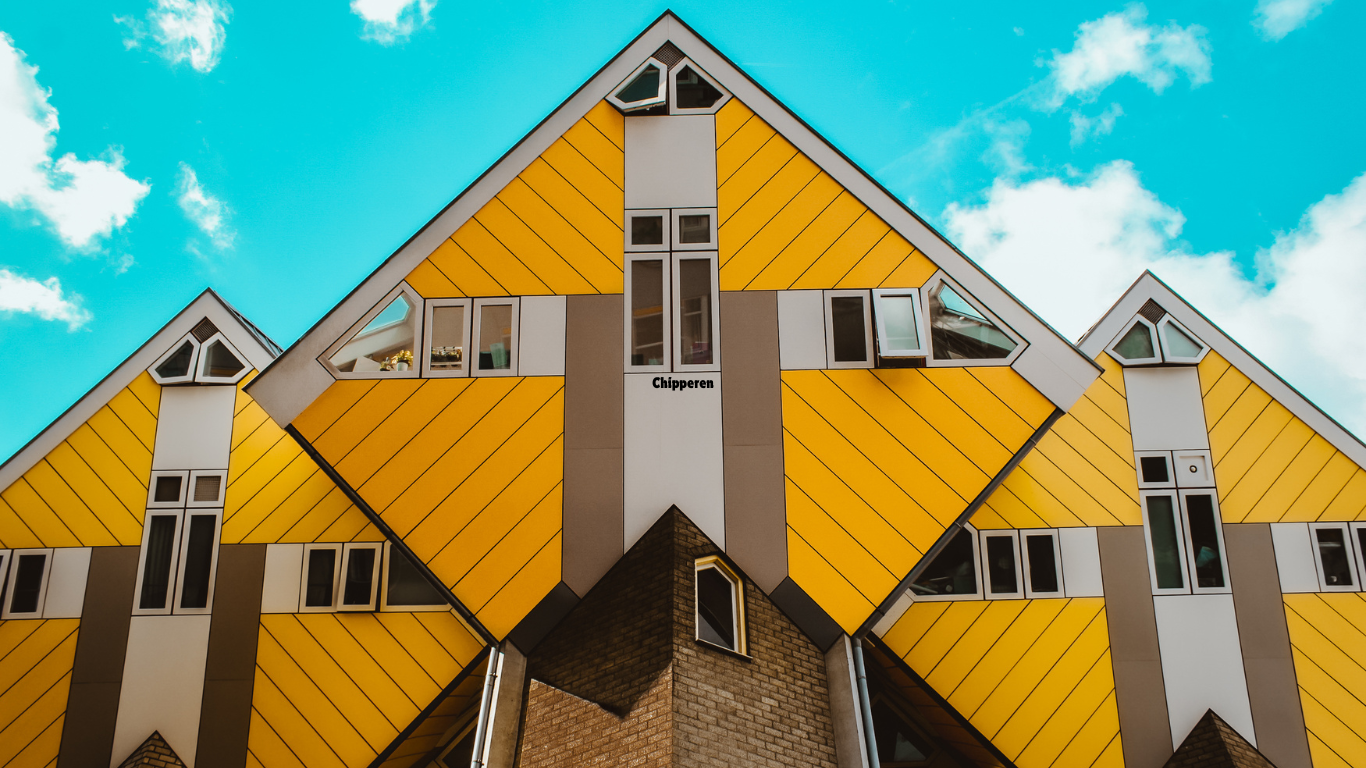Chipperen: A Unique Facade and Landscaping Technique

Introduction to Chipperen
Chipperen is an innovative and visually captivating technique that has gained popularity in architecture, landscaping, and even home maintenance. This process typically involves the application of specially formulated mortar over brick or masonry structures, leaving portions of the underlying materials exposed. This approach creates a textured, layered look that adds depth and character to facades and landscapes.
It also plays an essential role in garden maintenance, where the term refers to wood chipping for mulching, composting, and waste management. Whether you’re looking to revamp your home’s exterior or reduce waste in your garden, chipperen offers a versatile solution with practical and aesthetic benefits.
Origins and Development of Chipperen
The architectural side of chipperen has roots in European building practices, with notable contributions from renowned architect David Chipperfield. Chipperfield’s use of this technique on masonry buildings in Berlin popularized the method, inspiring companies like Wienerberger (formerly Daas Baksteen) to develop specialized mortars designed to enhance its application.
The technique has since evolved, spreading across architectural and landscaping projects globally, praised for its ability to blend traditional materials with modern design principles.
In the context of yard work, chipperen refers to the process of chipping organic materials such as branches, leaves, and other plant waste into smaller pieces. These wood chips are valuable for various gardening purposes, including mulch production, composting, and even as biomass fuel.
Applications of Chipperen in Architecture
Chipperen is primarily used as a facade finishing technique, particularly suited for both exterior and interior walls. The mortar applied in chipperen allows some of the brickwork or stone beneath to remain visible, creating a rustic yet modern aesthetic.
This approach is gaining popularity in contemporary architecture due to its unique visual appeal, which contrasts smooth, uniform mortar with the rough, irregular texture of brick or stone. It is often used in:
- Residential Buildings: Chipperen adds sophistication to traditional brick houses or offers a distinctive finish to modern homes. It can be used on exterior facades to create curb appeal or on interior feature walls for a rustic or industrial look.
- Commercial and Institutional Projects: This method is employed in office buildings, retail spaces, and public buildings to provide a modern yet understated appearance. The balance between texture and structure is appealing to designers seeking a unique yet professional aesthetic.
The durability of the mortar used in chipperen provides additional protection to buildings by improving resistance to weather conditions and reducing the likelihood of cracking, particularly in older structures undergoing renovation.
Landscaping and Yard Maintenance with Chipperen
In landscaping, chipperen refers to the mechanical process of wood chipping. This involves feeding branches, leaves, and plant trimmings into a chipper machine, which breaks them down into small chips. These wood chips can then be used for a variety of purposes, including:
- Mulch Production: Wood chips produced through chipperen are excellent for retaining soil moisture, regulating soil temperature, suppressing weed growth, and improving soil structure as they decompose.
- Composting: Chipperen accelerates the composting process by breaking down organic matter into smaller, more manageable pieces, which decompose faster and more evenly.
- Trail and Pathway Maintenance: In parks and natural areas, wood chips can be used to maintain pathways. They provide a soft walking surface and help prevent erosion.
- Biomass Fuel: In some regions, wood chips from chipperen are used as a renewable energy source, burned in biomass boilers to reduce reliance on fossil fuels.
Benefits of Chipperen
The advantages of chipperen, whether in architecture or landscaping, extend beyond aesthetics. Key benefits include:
- Aesthetic Appeal: The textured finish created by chipperen adds a unique visual effect to building facades, making them more dynamic and engaging. This interaction between light, shadow, and texture enhances the overall appeal of both traditional and modern structures.
- Durability and Protection: In architectural applications, the special mortar used in chipperen acts as a protective layer, guarding the underlying brickwork from moisture damage and other environmental factors.
- Sustainability: Chipperen contributes to eco-friendly building practices by reducing the need for new materials in renovations. In landscaping, it supports sustainability by turning yard waste into valuable resources like mulch and compost, reducing landfill waste.
- Cost-Effectiveness: In both construction and landscaping, chipperen can be a cost-effective solution. For homeowners, it provides a way to refresh old facades without extensive renovations. In gardening, it reduces the need for commercial mulch and helps manage yard waste efficiently.
- Versatility: Chipperen is versatile enough to be applied to different types of brick, stone, and masonry, making it suitable for a wide range of architectural styles. It can also be used in various landscaping applications, from mulching to biomass production.
Challenges and Best Practices
While chipperen offers numerous benefits, it does come with challenges. The architectural technique requires skilled labor for proper application, and improper surface preparation can result in poor adhesion or uneven finishes. It’s also crucial to use the right weather conditions for application to ensure proper curing of the mortar.
In landscaping, the safe operation of chipping equipment is essential. Proper training, safety gear, and regular equipment maintenance are necessary to prevent accidents. Additionally, excessive use of wood chips as mulch can lead to soil nutrient imbalances, so careful management is required.
Conclusion
Chipperen, whether used in architectural finishes or landscaping, represents a versatile and sustainable technique that offers both aesthetic and practical advantages. It allows architects and homeowners to achieve a distinctive look that enhances the character of both new and old buildings.
In landscaping, chipperen supports sustainable garden maintenance by reducing waste and promoting soil health. As its applications continue to expand, chipperen promises to remain an essential practice in modern architecture and eco-friendly landscaping.
This unique blend of artistry and functionality ensures that it will continue to shape design and sustainability trends for years to come.



